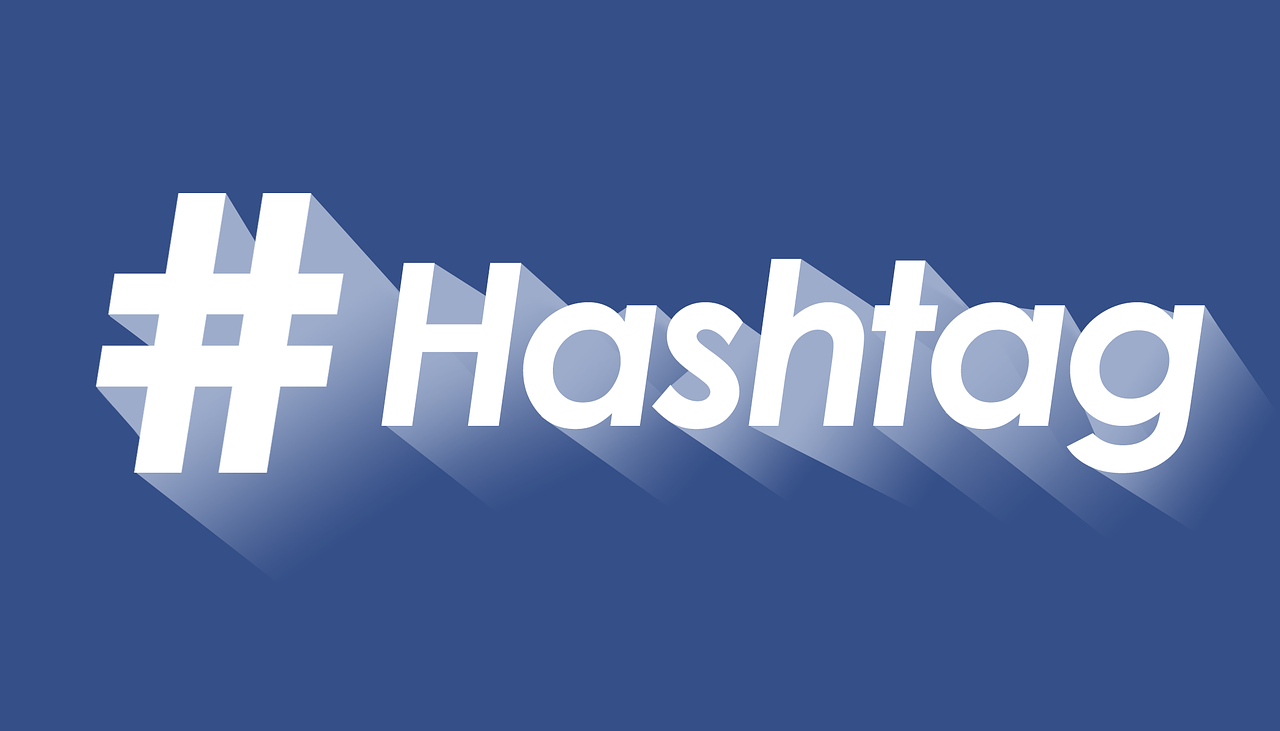#WhyYouShouldBeUsingHashtagsOnSocialMedia
Did you know the hashtag was first used to categorise images, messages and videos in 1988? But the symbol didn’t truly gain importance in social media communications until 2007, when Chris Messina posted the first hashtag on Twitter.
In 2009, Twitter officially adopted the hashtag with #FF (FollowFriday) as a way of identifying trending topics. But it took four more years before LinkedIn and Facebook started using hashtags to track topics of conversation. Now, hashtags are everywhere.
But what exactly is the point of these little symbols and hyperlinks?
Hashtags are a great way for audiences to search for relevant content and businesses to analyse and see what’s popular or trending. And if you’re not using them in your own content, you could be missing out on a simple yet incredibly useful marketing tool. Hashtags can help your content gain visibility, attract new audiences and increase your reach overall. Plus, even a single hashtag could increase post engagement by 12.6% on some platforms!
HOW MUCH IS TOO MUCH?
Although it seems fairly straightforward, there’s actually a bit of a knack to ‘hashtagging’. For one, you don’t want to overdo it. And while there are no hard and fast rules, the number you use typically depends on the social channel.
Let’s start with Twitter. Using up to two hashtags within your ‘tweets’ can actually double your engagement — but using more could decrease it. This isn’t set in stone, though, and will depend on your audience and even the industry you operate in, so it’s often down to a bit of trial and error to see what gets the best results.
Sticking to one or two relevant hashtags also seems to generate the best results on Facebook. When Facebook users scroll through a hashtag feed rather than their individual newsfeed, they’re typically looking for either trending discussions or something specific. So, you want to ensure your hashtags are targeted and land you front and centre.
Although there’s no limit to how many hashtags you can use on LinkedIn, it’s best to stick to two or three. Hashtags are often still associated with the B2C world, and they can look unprofessional if overdone. LinkedIn is very much a business networking platform, so keep it simple with a couple of relevant industry-focused hashtags.
Instagram is where you can really let loose with hashtags. The platform allows you share up to 30 at a time, and if you want to maximise reach and engagement, it’s recommended that you use between 10–30.
WHERE CAN YOU FIND THEM?
A lot of research goes into finding the right hashtags, and there are plenty of places you can look for inspiration.
Twitter’s main feed includes a section dedicated to trending hashtags. These are personalised to the user based on their location and who they follow. These trending hashtags are an excellent way to see what people are talking about and what’s topical at the moment — just make sure they’re relevant to your business, product or service before using them. (No one likes companies that just jump on the #bandwagon for the sake of it.)
If you start typing a hashtag with a keyword such as ‘#Marketing’ into either Facebook or Instagram, you’ll get a load of suggestions like ‘#MarketingTips’, ‘#MarketingStrategy’ and ‘#MarketingOnline’. These are a great place to start. Instagram is a little more advanced here as it also tells you how many posts there are with that hashtag, giving you a good indication of how popular it is. Typically, you want to use a mix of highly popular hashtags and some more niche ones, too.
There are also plenty of tools available to help you find hashtags. RiteTag offers suggestions for Facebook, Twitter and Instagram based on real-time engagement, while Hashtagify gives you recommendations for Twitter and Instagram based on your posts. All Hashtag is also a great free tool to use to generate some ideas if you’re struggling to come up with something.

